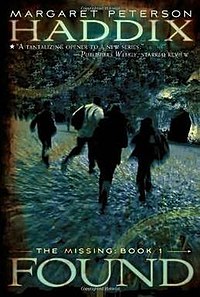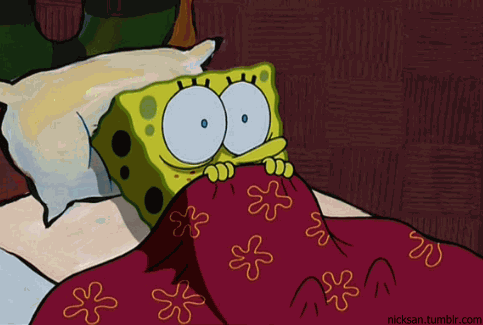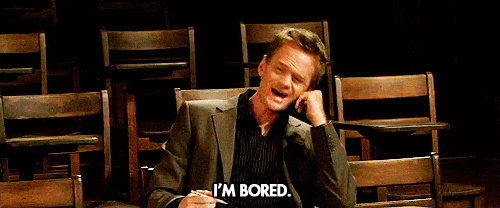 City of Bones by Cassandra Clare.
City of Bones by Cassandra Clare.
Margaret K. McElderry Books - March 27, 2007
496 pages
When fifteen-year-old Clary Fray heads out to the Pandemonium Club in New York City, she hardly expects to witness a murder—much less a murder committed by three teenagers covered with strange tattoos and brandishing bizarre weapons. Then the body disappears into thin air. It’s hard to call the police when the murderers are invisible to everyone else and when there is nothing—not even a smear of blood—to show that a boy has died. Or was he a boy?
This is Clary’s first meeting with the Shadowhunters, warriors dedicated to ridding the earth of demons. It’s also her first encounter with Jace, a Shadowhunter who looks a little like an angel and acts a lot like a jerk. Within twenty-four hours Clary is pulled into Jace’s world with a vengeance, when her mother disappears and Clary herself is attacked by a demon. But why would demons be interested in ordinary mundanes like Clary and her mother? And how did Clary suddenly get the Sight? The Shadowhunters would like to know. . . .
(Spoiler level: Major)
So this is how the story goes. Clary Fray is a normal teenage girl who sees a man getting killed and decides to go and stop it herself, because a wimpy teenage girl can totally solve that on her own without the help of the police. It turns out that these people, called "Shadowhunters", technically don't exist and nobody can see them but other Shadowhunters. The shadows that they hunt are monsters that are now urbanfied to. Meanwhile, there's a former Shadowhunter who turned evil that's on the rise and wants to destroy all goodness. And then there's Jace, who acts horrible, but Clary is in love with.
Sound familiar? That's because it's virtually like every other contemporary fantasy YA book out there with one main difference: the writing is much whinier in this book than in many others. Capitals are used for shouting instead of italics, an amateur move that is very distracting. Every character is a stale archetype. "Twists" are obvious, such as that Clary's father is Valentine and her mother was a Shadowhunter, so she's totally Shadowhunter and related to him, and her older brother is Jace, who she's in love with.
Part of the reason that this is so much taken from the basic mold is because before Clare got a book deal for "her" work, she was a fan fiction writer for
Lord of the Rings and
Harry Potter. Clare knows how to make her books just like any other: a Mary-Sue who doesn't know she's beautiful even though all the guys are drooling over her that aren't gay, a horrible amount of purple prose, a city of magical creatures hidden in plain view, and some unhealthy female rivalry.
That being said, Bones isn't all horrible. There's enough drive to it that you aren't going to give up halfway and see if
Keeping Up With the Kardashians is new, and since it's so familiar it can't be that horrible. Sometimes experimental novels are the worst of all. In fact, this book is kind of like the Kardashians shows: they're not good, but there's something about them that keeps you watching after a few episodes.
Grade: C
 Diary of a Wimpy Kid series by Jeff Kinney
Diary of a Wimpy Kid series by Jeff Kinney

















